UNIT 22: Single Camera Techniques
Task 1: Understanding 'single camera production'
a) Define 'single camera production':
| When only one camera is used for a production. |
b) Identify the advantages and disadvantages of single camera production (refer to examples where you can):
Advantages
|
Disadvantages
|
- Multi-cam usually works with several cameras on set
- footage is edited live as it's being filmed
- lighting is above studio floor and controlled remotely
- more cameras = more crew (cameramen)
- quicker to produce/film
c) How does multi-camera differ to single camera productions?
A multi-camera shoot doesn't require the cameras to be moved around or re-set up frequently, whereas a single camera has to be moved for to every shot.
Multi-camera is much more expensive than single camera for reasons like insurance costs, less location options.
d) List 3 examples of single camera shows/films (aim for different genres)
1)
2) Alice in Wonderland (Tim Burton)
3) Doctor Who
List 3 examples of multi-camera shows (aim for different genres)
1) Mock The Week
2) The Big Bang Theory
3) Friends
The genre is the type of film/show you are watching e.g. horror, comedy. If you want to attract an audience for a comedy production you would need to include jokes. The genre is important to the audience as it lets them know what they're going to watch beforehand.
Single format - film, one instalment with a start, middle and end
Serial format - multiple instalments of one story, several episodes
Series format - different stories each week but continues with same characters
List of Genres
Action
Comedy
Sci-fi
Horror - blood, monsters, storms/bad weather, murderers,
ThrillerDrama
Fantasy
Romance
Series
| Sons of Anarchy |
Single drama
| Black Mirror - Bandersnatch |
Crime drama genre
| The Fall |
Soap Opera genre
| Coronation Street |
Sitcom/Comedy
| The Office |
Linear narrative
| Toy Story |
Nonlinear narrative
| Pulp Fiction |
Flashback narrative
| Titanic |
Open ending narrative
| Titanic |
Closed ending narrative
| The Inbetweeners |
Realist narrative
| |
Anti-realist narrative
| Donnie Darko |
Platforms
- tv shows
- online - youtube
- social media
Framing


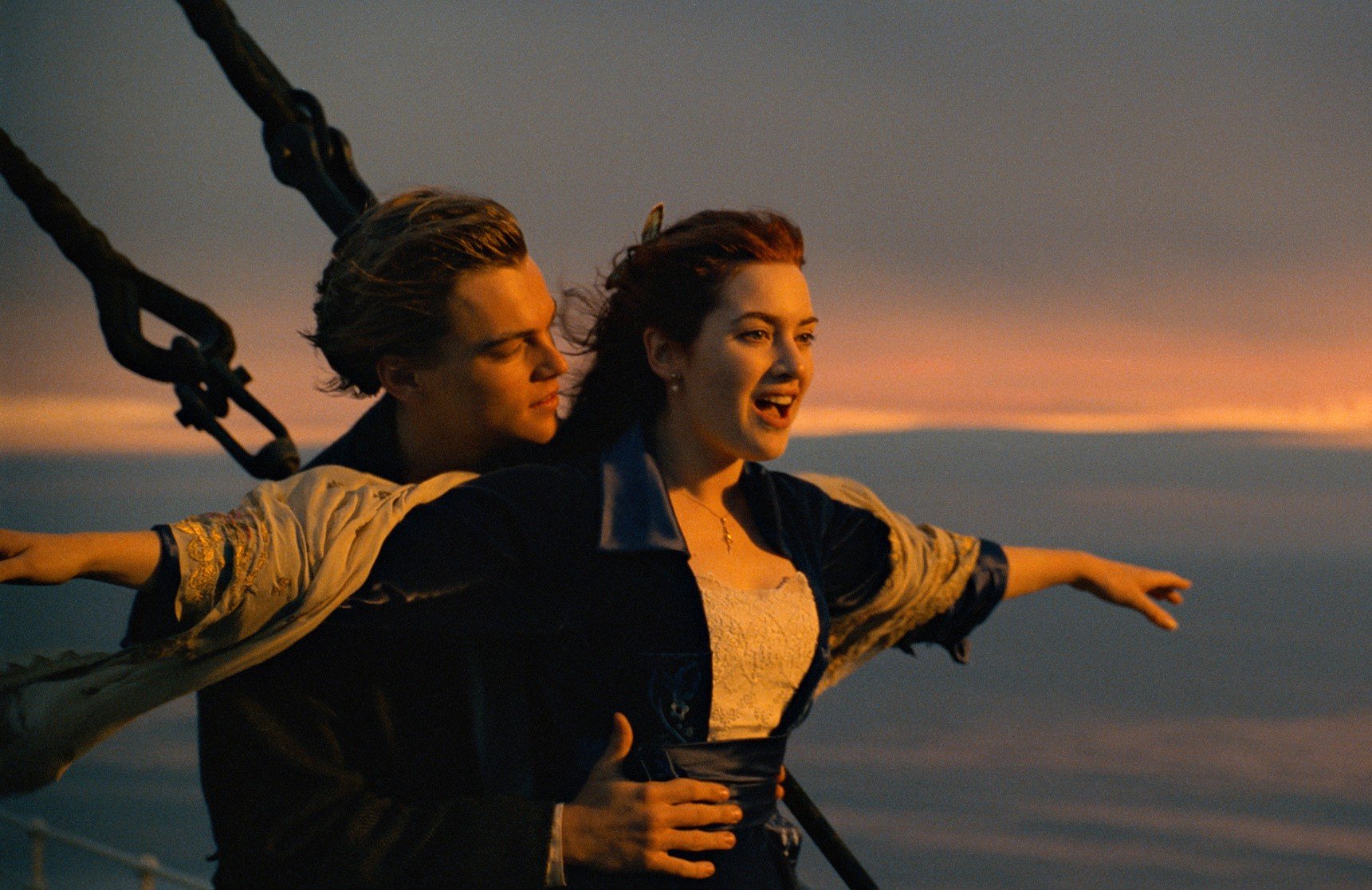


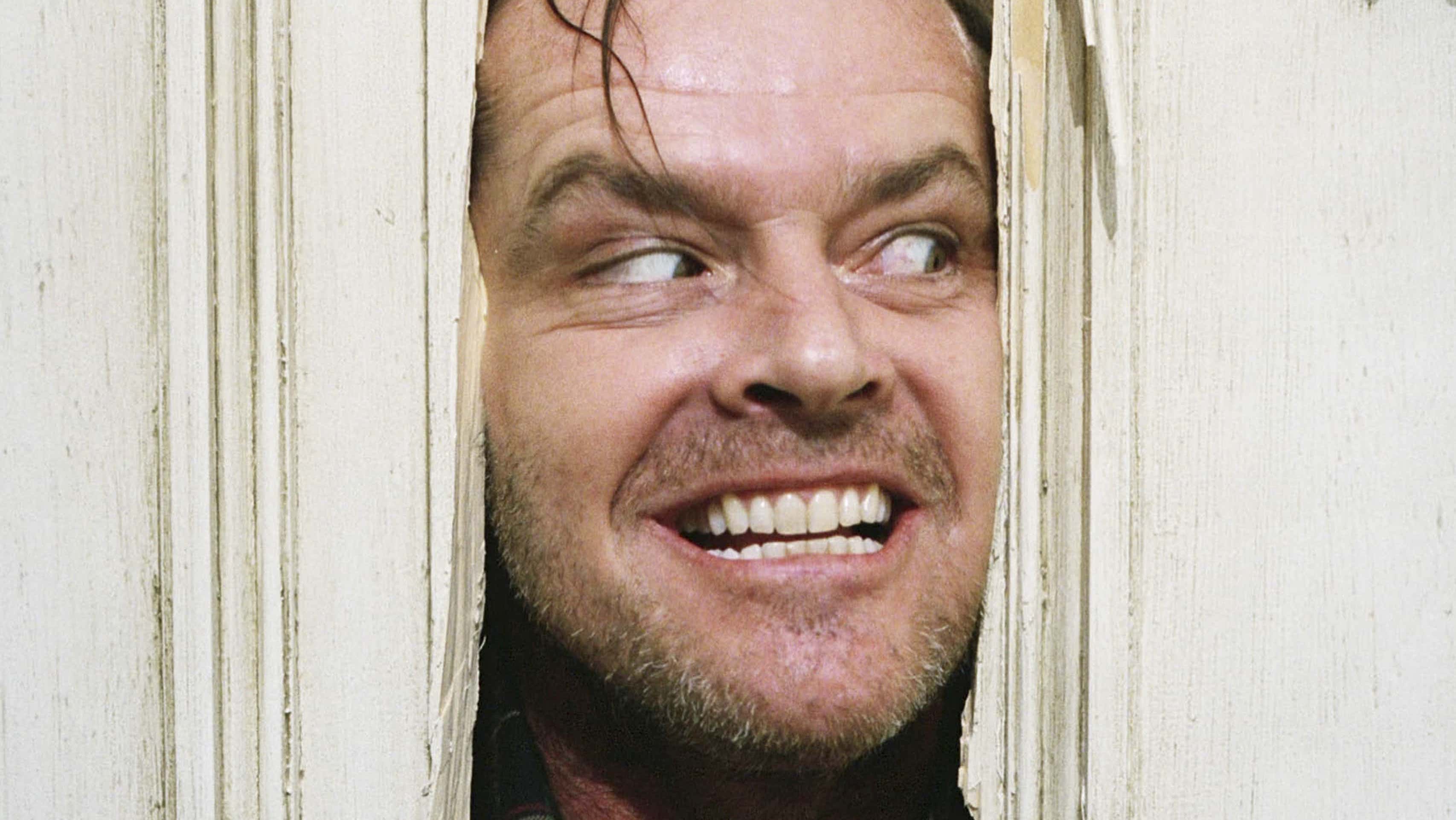




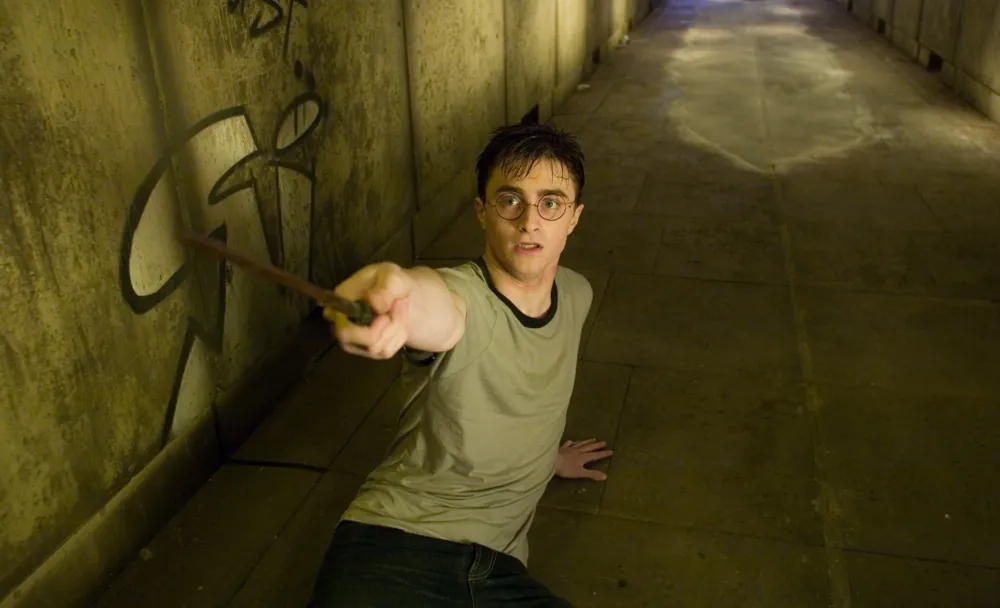

5. Bird's eye
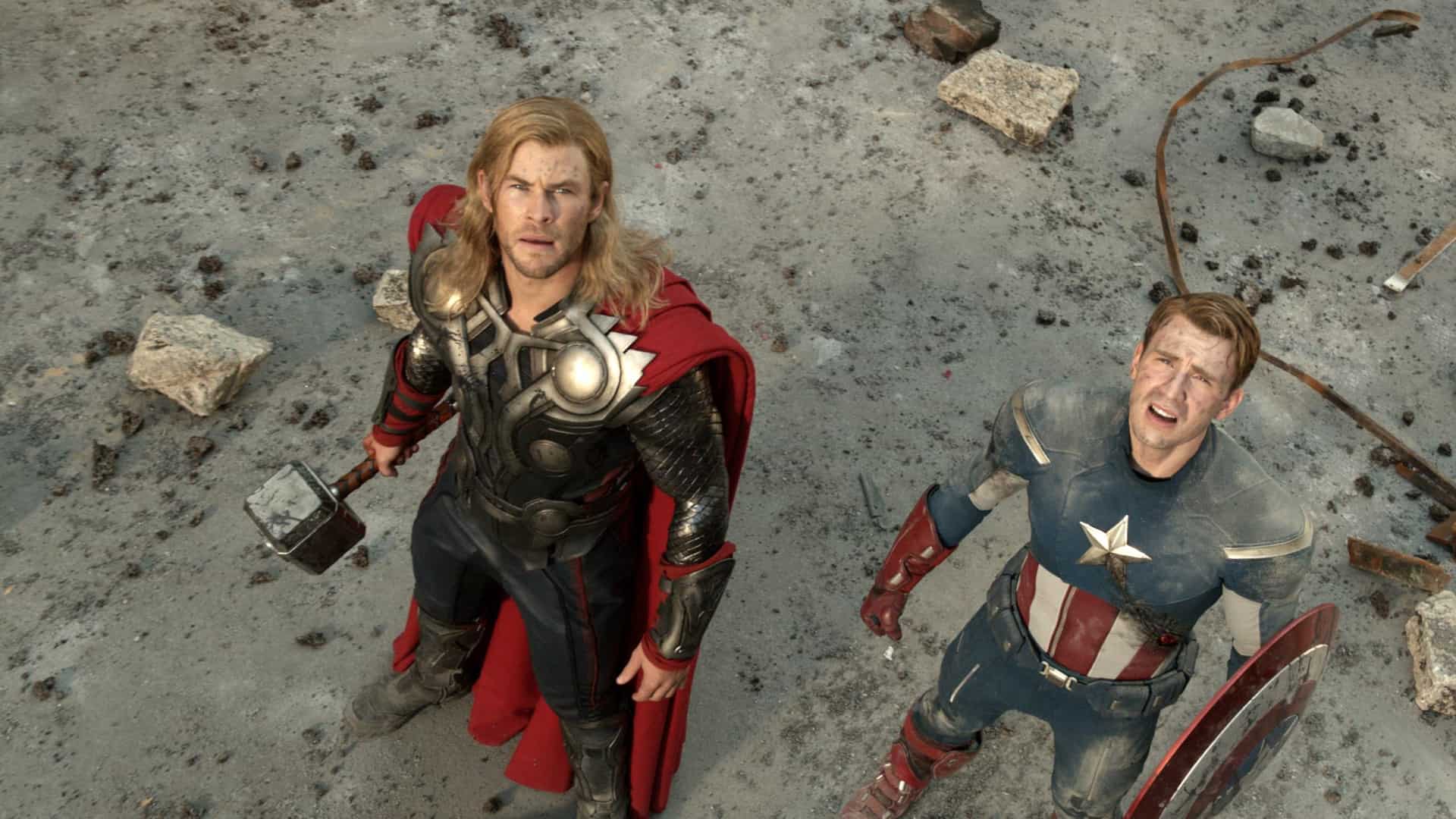
Identifies that they can see something bigger than them/ above them
6. Worm's eye
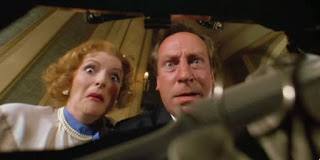
identifies that they're looking at something smaller than them
7. eye level

used because he's looking into the mirror, makes the audience feel like they are on the other side of the reflection
Four Categories of Camera Movement
- The director has the creative decision on what camera angles and shots to use - effect on the audience
- Change of shots helps to understand who is the main/important character in the scene
- Two elements - shot size and camera angle
Types of Shots
1. Extreme Long Shot

identifies the setting, and that she's alone in the desert
2. Long Shot

establishes who the main characters are
3. Medium Long Shot

shows face and body language
4. Medium Shot

shows body language and face, he's the important character in the scene
5. Medium Close Up

Shows facial expressions and appearance of the character
6. Close Up

show facial expressions
7. Big Close Up

show facial expression + emotions, identifies he's important
8. Extreme close up
puts emphasis on the action, generates fear in audience
Types of Camera Angles
1. Over The Shoulder

establishes who's talking in the scene
2. Low Angle

Shows the dominant characters in the scene, makes them appear scary or higher in power
3. High Angle

shows he's vulnerable and not in control of the situation
4. Canted
shows conflict is about to happen
5. Bird's eye

Identifies that they can see something bigger than them/ above them
6. Worm's eye

identifies that they're looking at something smaller than them
7. eye level

used because he's looking into the mirror, makes the audience feel like they are on the other side of the reflection
Four Categories of Camera Movement
- Pan - A lateral pivot from left to right, used to readjust scene to character movements
- ARC shot - the camera moves 360 degrees
- Tilt - camera pivots vertically up or down, used to call attention to new areas of the scene
- The Dolly or Tracking - the camera on the tripod physically travels
- The Boom or Crane - when a scene needs a larger area to be covered, the camera is mounted on a crane or boom mechanism, sometimes a drone, creates a powerful dramatic effect by showing the scale of the scene e.g. GoT battle scenes
- Steadicam - mechanism is attached to the cameraman/woman to create a shaky effect, often used in documentary
Function of moving camera shots is to reveal dramatic information by enlarging the viewer's field of view, and expresses a dynamic sense of movement that makes a shot more dramatically exciting e.g. fight scenes
Zoom lense for zoom shots
Framing Styles
- Tight - an image where there is a lack of space around the subject, gives a sense of constriction
- Loose - shots that have a lot of space around the subject, gives a sense of isolation or freedom
- Deep focus - objects or characters remain in sharp focus from positions near and far from the camera
Lighting continuity is about the choice to maintain or willingly not maintain lighting consistency throughout a sequence of shots
Narrative
Narrative
- Classic Hollywood narratives are made up of a 'three act' structure, and have a linear narrative
- Act 1 - The beginning, the main character(s) are introduced and the story begins
- Act 2 - The story becomes more complicated especially for the protagonist, he/she has obstacles to overcome
- Act 3 - The resolution of the story, various strands of narrative are tied up
'Journey' in Narrative
The protagonist(s) will embark on a journey that could be emotional, physical or psychological
Narrative 5 Step Structure
- Step 1 - Exposition, where the story begins, we are told essential info, setting is established
- Step 2 - Development, the story progresses + the situation changes
- Step 3 - Complication, event(s) occur that change the situation
- Step 4 - Crisis and Climax, events accelerate leading to a crisis where everything is at stake
- Step 5 - Resolution, outcome of the story is revealed
Similar Storyline example
Non-linear Narrative



Comments
Post a Comment